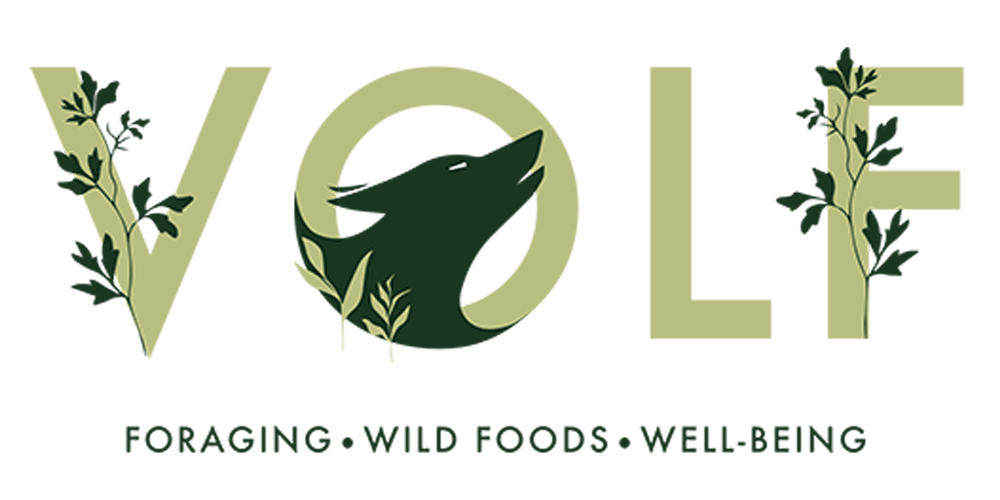Hawthorn
How To ID Me And What I’m Good For?
My ID Features:
Flowers
Leaves
Fruits
Beautiful
Hawthorn
Latin Name - Crataegus monogyna/Crataegus laevigata.
There are also hybrids of these two varieties.
Common Names - May, Mayblossom, Maythorn, Quickthorn, Whitethorn, Motherdie, Haw, Hawthorn, Common Hawthorn.
Family - Rosaceae
Season - Spring - Autumn.
Edible Bits - Leaves, flowers & fruits.
Habitat - Practically anywhere. A hugely abundant tree most commonly found growing in hedgerows, woodland and scrub.
Possible Confusion - When in flower, members of the prunus species, such as Blackthorn (Prunus spinosa). Blackthorn blossoms before its leaves, whereas hawthorn flowers after its leaves have emerged. This is one of the best tips for identifying the two species in spring.
Description - A massively abundant plant in the UK. Haws in the autumn (berries/pomes) are jam packed with pectin making it a great fruit for anything requiring thickening. Such as jams, jellies etc. The leaves are said to be the most beneficial for health reasons. And, the flowers are beautiful sprinkled on to salads or for infusing. From a culinary sense, the fruits and flowers are the stars of the show.
Physical Characteristics - The common hawthorn is a shrub or small tree. Growing to around 10 metres tall. The bark is dull brown, fissured and knotted. The younger twigs bear sharp thorns. The leaves are 2-4 cm long, obovate, and deeply lobed, with the lobes spreading at a wide angle. The upper surface is dark green above and paler underneath.
The hermaphrodite flowers are produced in late spring and each flower is about 10mm in diameter and has five white petals, numerous red stamens and a single style. The flowers are pollinated by insects and later in the year bear numerous ‘haws’. The haw is a small, oval, dark red fruit about 10 mm long, berry-like, but structurally a pome containing a single seed. Other pomes include apples, quinces, etc.
Medicinal Qualities - Further research is needed, but research to date suggests that hawthorn may represent a safe & effective treatment for heart disease.
Harvesting Sustainability - It’s such an abundant plant within the UK that you are unlikely to do any damage to the populations of Hawthorn. Though consideration for the different species of bugs & birds who share their food source with us, is a must!
Saftey Note
The seeds of hawthorn berries are poisonous and should not be consumed. Care should be taken when creating recipes from the berries.
Never munch on a hunch! Volf takes no responsibility for anything consumed.





